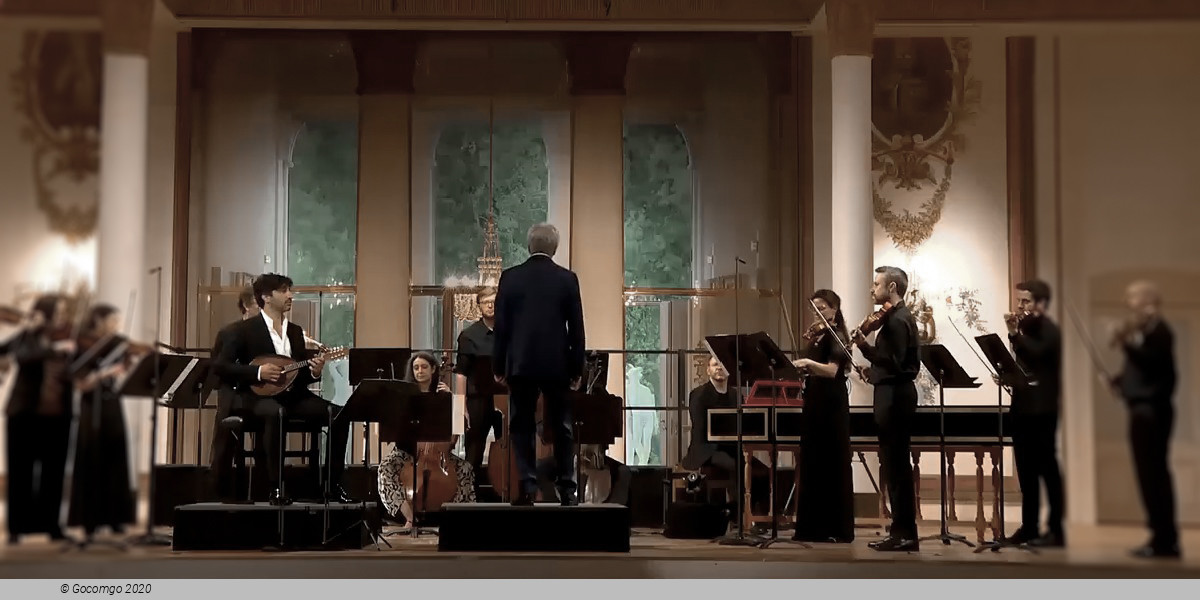Venues in Eisenstadt

Eisenstadt - the city of land subordination in Austria, the center of the Federal state of Burgenland.
The findings confirm that the Eisenstadt region was already inhabited during the Hallstatt culture. Later Celts and Romans settled here. During the great migration, various Germanic peoples and Huns inhabited the Eisenstadt region. Around 800 ad Charlemagne initiated the settlement of the Bavarians. The first mention of the city dates back to 1118, when it was called the Iron fortress (lat. Castrum Ferreum). Since 1264, he became known as a Small Mortin (in Hungarian, "Kismarton"). The current name of the city is from 1373.
In 1373 the city passed into the possession of the Hungarian noble family Kanizsai. This made it possible to strengthen the walls and build a fortress with moats. The name "Eysenstat" (iron city) also comes from that time. Eisenstadt gained freedom of trade in 1388. Duke Albrecht VI acquired the city in 1445; Eisenstadt remained under Habsburg rule for the next 150 years. In the XV century in Burgenland came the settlers-the Croats, called the Iron Eisenstadt and Burgenland Gradishte; subsequently formed their dialect (gradistanska-Croatian language), now have cultural autonomy.
During the Turkish wars of 1529 and 1532, Eisenstadt was captured by the Turks as they advanced on Vienna.
In 1647 the city came under the rule of the Hungarian princely house of Esterhazy (Esterhazy). The princely family changed the face of the city with a long brisk construction work. October 26, 1648 Eisenstadt decree of the Holy Roman Emperor (Ferdinand III) ranked among the free cities. The city paid 16,000 guilders and 3,000 barrels of wine worth 9,000 guilders. In 1670, Paul I Esterhazy allowed approximately 3,000 Jews who had been expelled from Vienna to settle in Eisenstadt and 6 nearby settlements known as 7 communities. Samson Wertheimer (1658-1742), which operated in Vienna as a major businessman, he performed in Eisenstadt the role of the Rabbi. The Golden age of artistic life here began with the appointment of Joseph Haydn to the role of princely court Kapellmeister in the 1760s. In 1809, Eisenstadt was occupied by French units during the war of the fifth coalition. In 1897, the city joined the railway network.
After world war I and the collapse of the Habsburg multinational state, there was a three-year struggle for the future statehood of Burgenland, and thus Eisenstadt. Under the Treaty of Saint Germain, Burgenland passed to Austria in 1921. However, originally envisaged as the capital of the land of Edenburg (it. Ödenburg, Adv. Sopron), went through a referendum to Hungary. Instead of Edenburg, Eisenstadt became on 30 April 1925 the seat of the Burgenland government and, at the same time, the capital of the earth.
During world war II, Eisenstadt was bombed once, with 40 casualties. In 1945, the Red army occupied Eisenstadt, and the city, like all of Eastern Austria, remained in the Soviet occupation zone until 1955. In 1960, Eisenstadt became the seat Of the Eisenstadt diocese.


